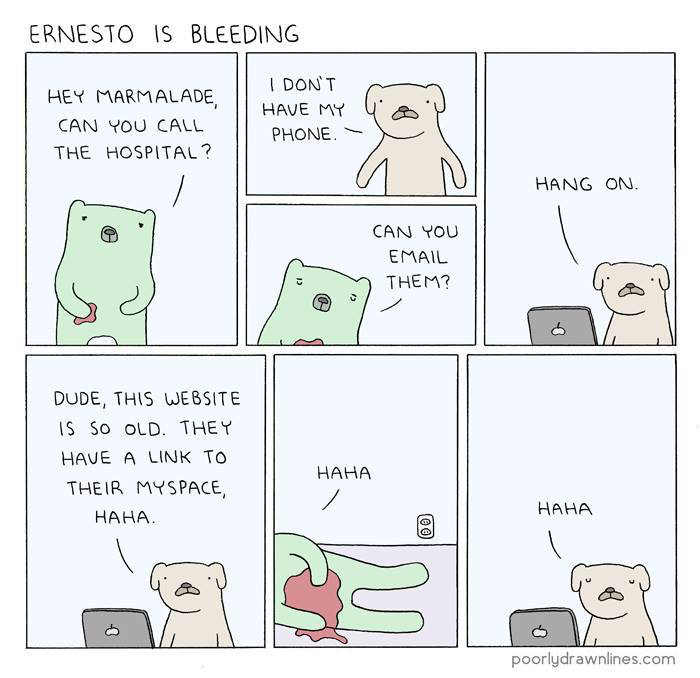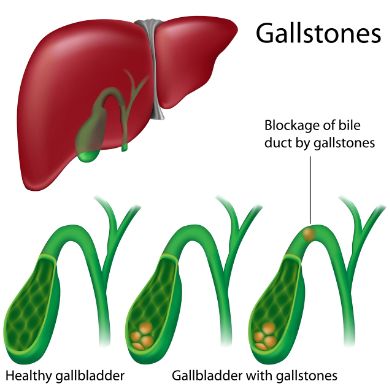BloodStop - Ooh! Is that cranberry juice?

By Ethan Zhao
Hemorrhage (Which is over blood loss) is responsible for 30 to 40% of trauma mortality, and of these deaths, 33 to 56% occur during the prehospital period. This paragraph serves as a guideline for people who might witness Hemorrhage and in this case, stops the over bloover-bloodd loss during the prehospital period, saving more lives.
Case Scenario: You see a person spouting with blood on the streets.
What can you do if you are there? What tools could you obtain to help that person?
First and foremost, if you see a person with a massive hemorrhage, you should ask people to call the ambulance or call the ambulance for the patient yourself. Then, note the surroundings beside the person. You wouldn’t want to risk your own life and cause extra problems when trying to help others, do you?
If all the above is achieved, then you can proceed to the patient and then assess them by the location of the hemorrhage.
There might be a few places where visible bleeding occurs, but in general, look for places with continuous, large-volume, or pooling of blood. In stopping the blood, there are three categories that you can classify bleeding into:
1. The Torso
2. Junctional areas such as the Armpit.
3. The Extremities
Today, we are going to investigate treatment mainly for extremities as it is the most common area of mass bleeding and the easiest to tend to.

The first method, and the most brutal way to stop bleeding, is by compression: You’ll have to apply direct pressure on the wound at the location of bleeding. This is to physically stop the blood vessel from bleeding and prevent the patient from dying of hemorrhage. In an actual situation, make sure to apply all your weight perpendicularly to the point of bleeding. Of course, the patient is going to feel a lot of pain, but this is a necessary procedure for stopping the blood. If the patient is still oozing blood everywhere, you can try to apply gauze or some clean cloth to the point of bleeding. This would aid in helping blood form a clot and thus stop the bleed in the extremities.
On a further note, keep on applying pressure on the patient until an ambulance arrives.
For large wounds, only applying superficial pressure might not be effective, so applying artificial fillings would be crucial to fill the wound. The most common thing you could do is to pack the wound with the cleanest cloth you can find, this could be your shirt, or other massive piece of cloth nearby. Pack the wound until no more cloth may be filled. Lastly, if blood is oozing out, apply pressure on the area of packing until help arrives.
As you may be wondering, does this method work on other parts of the body? The answer is no! If you apply packing on the torso, there might be other vital organs in that area where you may damage the vital organs within the body.
Lastly, we have the tourniquet, which is a handy tool invented to stop the flow of blood.

If you happen to have a tourniquet nearby, then congratulations! You have the handiest tool for you to stop massive hemorrhage! What you must do is to strap the tourniquet between the point of bleeding and the torso, spin the handle on the band so that the band constricts the blood flow, and then lock the handle so that pressure is continually applied. This method totally constricts the blood flow and is advised to unwind the handle every 15 minutes to supply a little bit of blood to the area being constricted.
Now, what if the patient is impaled and the object is still left within their body? You might think that pulling out the impaled item is the best choice you could have, but pulling out the impaled object would most likely increase the area of bleeding. The patient is going to die quicker, and you could end up with a patient death in your hands. A better alternative is to leave the impaled object within the body and compress it around the impaled area. This method would most definitely limit the blood from flowing outside of the body and greatly increase saving a patient’s life.
Children Care:
The patient might not be an adult but a child, and there is a difference. You could theoretically follow the steps above. However, please be mindful about the pressure applied on the wound, or this could be the child’s bone.
Please take note of the following:
1. Remember to ask for help from the surrounding crew to call the ambulance for you, the patient needs to be treated fast to prevent of overlies of blood flow.
2. The maximum blood loss for an adult is 4.5 to 5 liters (or 70-90ml per kg), which is around 14% of their blood volume
3. The patient would experience severe pain when trying to compress an artery or vein, please notify the patient that this procedure is necessary for the patient to live
4. This is the same with infection upon contact with other items such as dust. Infections are only minor harm compared with the life of the patient.
5. Under severe blood loss, the patient would be losing internal temperature quickly, please keep them warm
6. Allow little blood flow every 15 minutes so that the tissue would not be. However, do not let any blood out if there is a huge open cut.




